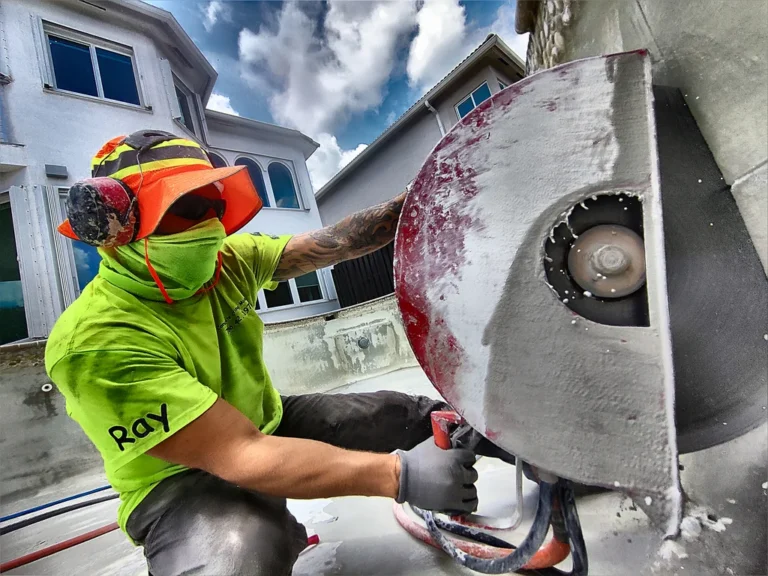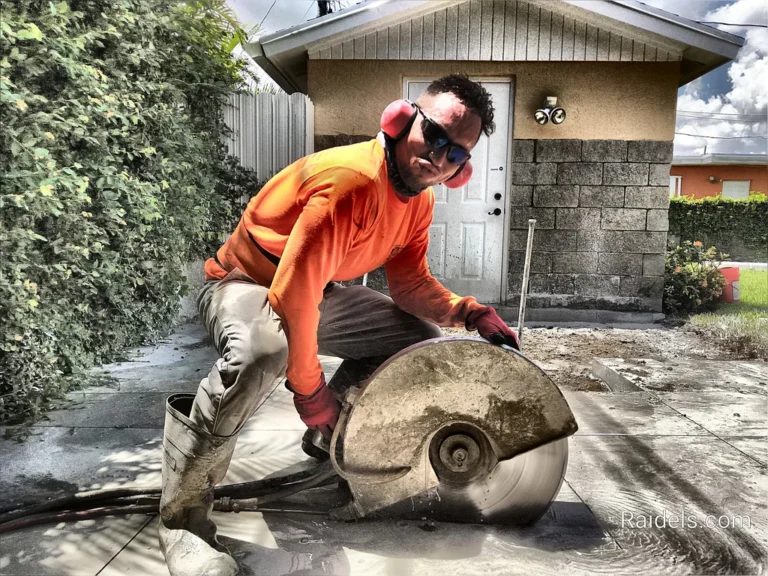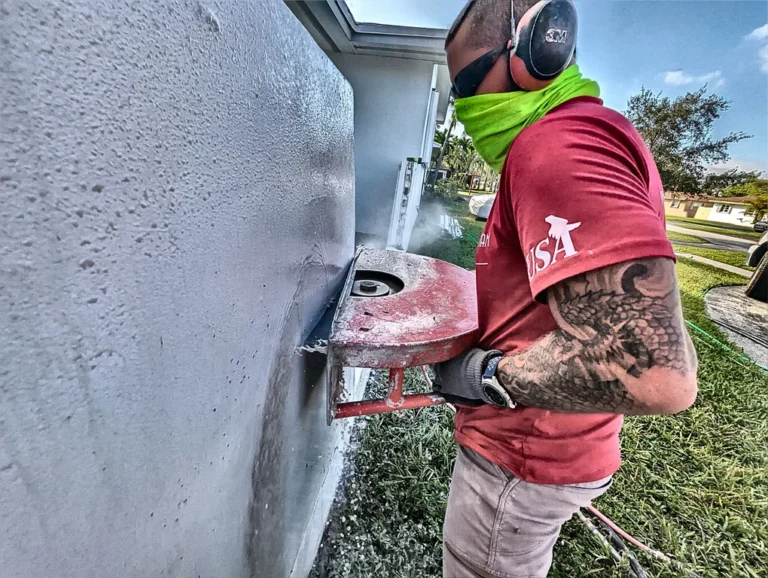Ensuring safety during concrete cutting is paramount. This process involves heavy machinery, sharp blades, and potential hazards, requiring strict adherence to safety protocols.
Understanding the Risks
Before delving into safety measures, it’s vital to understand the inherent risks of concrete cutting. These include flying debris, noise pollution, and potential equipment malfunctions.
Personal Protective Equipment (PPE)
Head Protection: Workers should wear hard hats to shield against falling objects.
Eye and Face Protection: Safety goggles or face shields protect against flying fragments.
Hearing Protection: Due to high noise levels, earplugs or earmuffs are essential.
Respiratory Protection: Masks or respirators are necessary to prevent inhalation of harmful dust.
Hand and Foot Protection: Heavy-duty gloves and steel-toed boots safeguard against cuts and crush injuries.
Equipment Safety
Regular Maintenance: Ensuring that cutting equipment is regularly serviced prevents malfunctions.
Proper Use: Training in the correct operation of concrete saws is crucial for safety.
Emergency Protocols: Having clear emergency procedures in case of equipment failure is essential.
Environmental Safety
Ventilation: Adequate ventilation is key to disperse harmful dust.
Area Clearance: Ensuring the work area is free of unnecessary personnel and obstacles reduces accidents.
Safety Planning and Training
Risk Assessment: Prior to starting, assessing the environment for potential hazards is crucial.
Training Programs: Regular training sessions educate workers on updated safety protocols.
First Aid: Having trained first-aid personnel on site can be lifesaving in case of an accident.
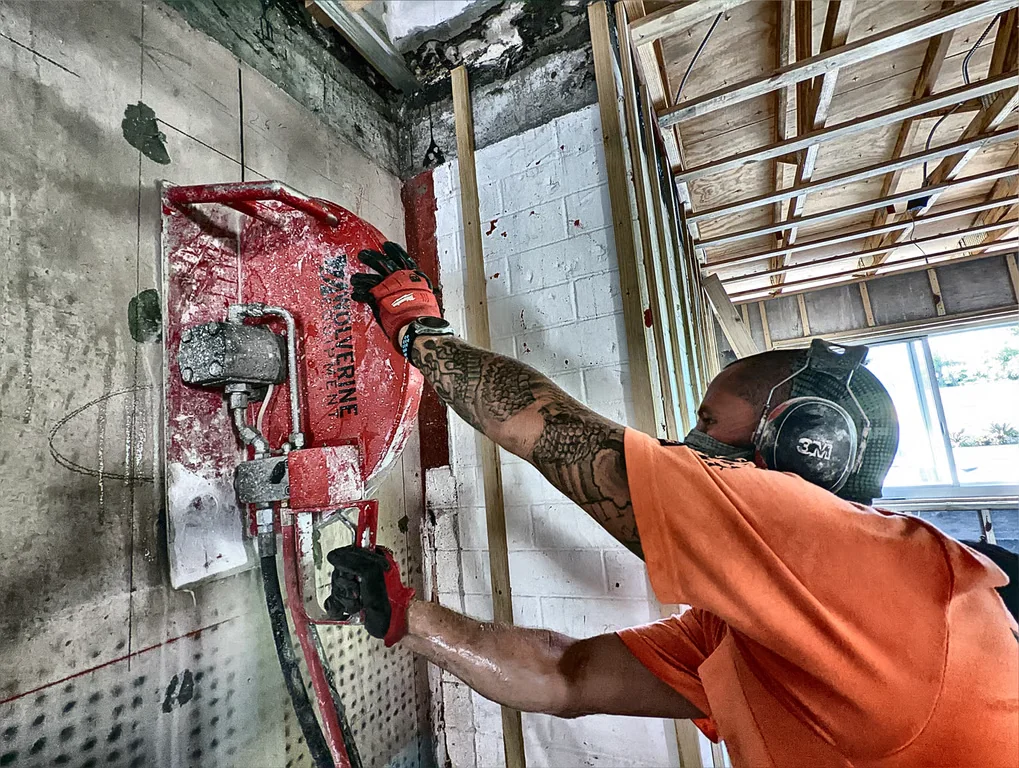
Innovative Equipment and Techniques
The industry is constantly evolving with new equipment and techniques to enhance safety.
Evolution of Concrete Saws
New models of concrete saws come with improved safety features, like better blade guards and enhanced control systems.
Advanced Cutting Techniques
Implementing advanced techniques can reduce risks. For instance, wet cutting minimizes dust and flying debris.
Legal Compliance and Industry Standards
Adhering to OSHA guidelines and local safety regulations is non-negotiable. Regular compliance checks ensure safety standards are met.
Case Studies and Real-World Examples
Learning from real-world scenarios, such as pool filling or handling thick slabs, offers practical insights into safety management.
Insights from Industry Professionals
Experienced professionals share their insights on managing safety in challenging scenarios, like demolition or working with hard concrete.
Remember, safety in concrete cutting is not just a protocol, but a responsibility. It protects not only the workers but also the integrity of the project. For more insights and tips on safe concrete cutting practices, explore our comprehensive guides.

We invite you to share your experiences and thoughts in the comments below. Your feedback and stories help us create a safer and more informed community.
